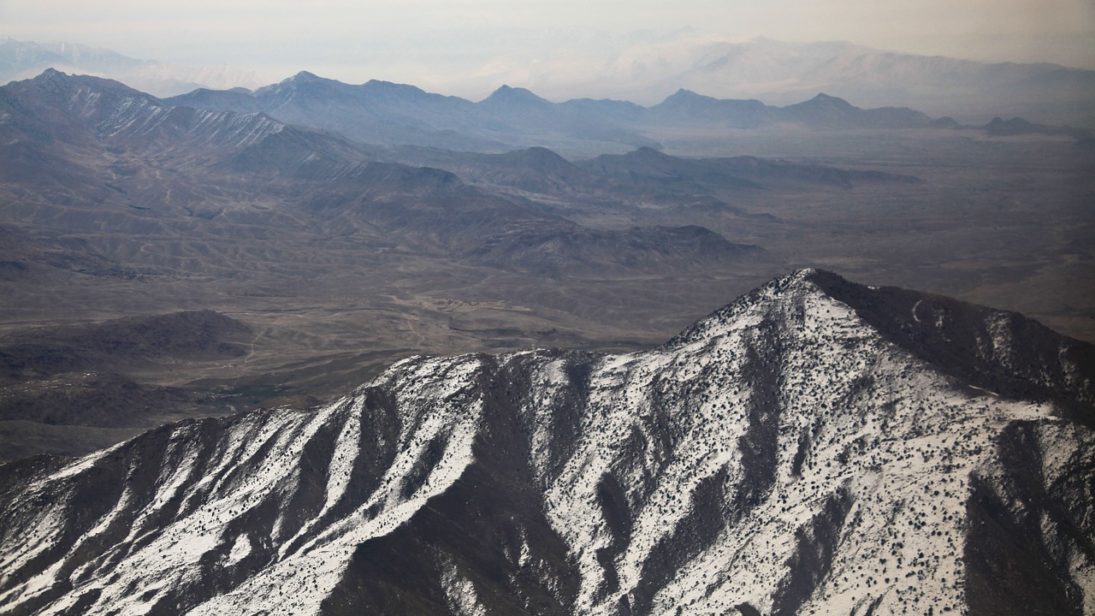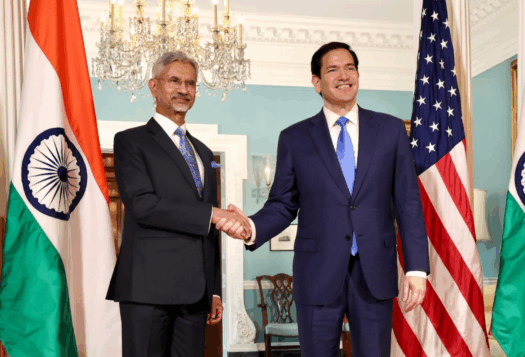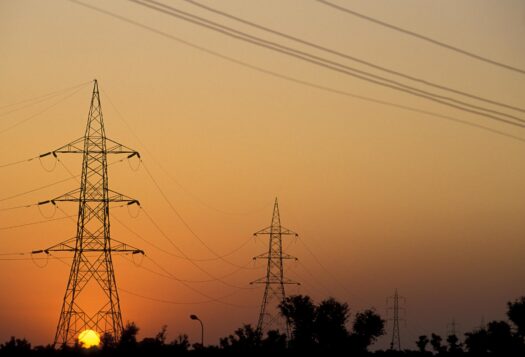
The Afghan peace process faced an impasse this week after President Trump cancelled further talks with the Taliban, which experts fear would lead to an upswing in violence in the country. Within this volatile political climate, India’s position in Afghanistan is becoming increasingly delicate. India has been one of the largest development donors in Afghanistan since 2001 and moving ahead, its interests would be best safeguarded under a democratically-elected government in Kabul. Onlookers in India have reason to regard the peace talks, which have not involved the Afghan government, with skepticism. The counterterrorism guarantees that the United States seeks from the Taliban are far from foolproof.
Any scenario that makes the Taliban a legitimate actor in Afghan government and society would appear detrimental to Indian interests owing to the Taliban’s sponsored acts of terror against India in the past and the group’s extensive ties to and support from Pakistan. However, if the Taliban manages to replace the current government or comes into some sort of power-sharing arrangement, India cannot continue its current Afghanistan policy track. In order to effectively deal with any threats to its security from Afghanistan in a post-U.S. withdrawal scenario, India would do well to open communications with the Taliban. But while doing so, New Delhi should also ensure that it continues to support the Afghan government’s central role in Afghan peace and reconciliation.
Reassessing India’s Stake in Afghanistan
From supporting President Najibullah after the Soviet withdrawal in 1989 to backing the Northern Alliance, an anti-Taliban military front, after the takeover of Afghanistan by the Taliban in 1996, India has been more reactive than proactive in Afghanistan. Even after the United States toppled the Taliban regime in 2001, India offered Afghanistan development aid while allowing other countries to take the lead in security efforts. Thus, despite investing more than USD $3 billion in aid overall (with USD $58 million just this year), and increasing its soft power in the country through cultural education initiatives and training military personnel, India has not acted decisively, neither diplomatically nor militarily, to influence outcomes in Afghanistan.
While its history of terrorism should caution New Delhi against investing too much trust in the Taliban, it should not impede a thaw in relations. Opening channels for dialogue with the Taliban now could grant New Delhi greater leverage when it may need to engage with the group during a future crisis moment.
Part of the Indian reluctance to act assertively in Afghanistan is rooted in geography. Pakistan separates India from Afghanistan, which means India has logistical difficulty in accessing Afghanistan directly. India has also faced political constraints in Afghanistan due to the Taliban and mujahideen forces’ close ties with Pakistan. Indian officials have long been wary of an active military presence in Afghanistan so as not to alarm Pakistan. Afghanistan has traditionally been important to Islamabad’s concept of “strategic depth,” acting as a backyard to train proxy assets against India. Thus, Islamabad has perceived any uptick in Indian activity in Afghanistan as inimical to Pakistani interests.
But India has reason to be more assertive in ensuring a secure and stable Afghanistan. Many terrorist groups acting against India —such as the Lashkar-e-Taiba (LeT), the Haqqani Network (a semi-autonomous section of the Taliban based in North Waziristan, Pakistan) and Jaish-e-Mohammed (JeM)—have trained in Afghanistan. With the withdrawal of U.S. troops from Afghanistan, the chances of violence or instability spilling over into India increase and thus, it becomes imperative for New Delhi to ramp up its diplomatic and security efforts in the country.

A New Approach to the Taliban
New Delhi’s limited engagement in the Afghan peace process can be traced primarily to its distrust of the Taliban, which has orchestrated several terrorist attacks against India in the past. In 1999, the Taliban hijacked an Indian passenger aircraft and diverted it to Kandahar, forcing the Indian government to release three hardened Pakistani terrorists in exchange for the lives of its citizens held hostage. The Taliban’s 2008 and 2009 bombings of the Indian embassy in Kabul, with alleged support from Pakistani intelligence, and its 2014 attack on the Indian consulate in Herat, also positioned India strongly against the Taliban.
The fruits of engaging in a dialogue with the Taliban come alongside a set of challenges, including that New Delhi’s credibility in Afghanistan may be eroded if such an action backfires. However, India can look to the example of the United States, China, Iran, and Russia, who have all navigated a similar situation of reaching out to the Taliban while maintain relations with the Afghan government.
While its history of terrorism should caution New Delhi against investing too much trust in the Taliban, it should not impede a thaw in relations. Opening channels for dialogue with the Taliban now could grant New Delhi greater leverage when it may need to engage with the group during a future crisis moment. The Taliban does not appear as antagonistic towards India as it has been in the past, and, in recently-released statements, has referenced India and Pakistan in a measured and diplomatic manner. While this may be a Taliban ploy to project legitimacy to the international community, New Delhi could use this as an opportunity to open negotiations. The lead Taliban negotiator Sher Abbas Stanikzai is an alumnus of the Indian Military Academy in Dehradun and Taliban deputy leader Abdul Ghani Baradar was until recently in Pakistani custody for attempting to engage in a peace process with the Afghan government without Pakistan’s consent or oversight. India could use its connection to Stanikzai and Baradar’s potential resentment of Pakistan to its advantage in possible negotiations.
India could also attempt to incubate less hostile elements within the Taliban to its advantage. The Taliban is not monolithic and in recent years has split into different factions, for reasons ranging from tribal differences to the effects of ongoing peace talks. Iran and Russia, who like India supported the erstwhile Northern Alliance, have mended ties with the Taliban to fight against common enemies like the Islamic State-Khorasan Province (ISKP) (and also to undermine U.S. interests in Afghanistan). For instance, the Mashhad Shura of the Taliban, which is based in Iran, has benefited from Tehran’s patronage, despite Iran’s strong opposition to the Taliban in the past.
India would certainly need to act cautiously in opening any form of dialogue with the Taliban. There is a moral dilemma involved in speaking to any group that many, including many civilians in Afghanistan, consider a terrorist organization. However, the Taliban will likely remain an important player in Afghanistan for the foreseeable future. Thus, India’s goal for dialogue should be to emphasize less radical elements with the ultimate goal of promoting stability in Afghanistan and decreasing support for militant groups and international terrorist organizations.
Conclusion
The fruits of engaging in a dialogue with the Taliban come alongside a set of challenges, including that New Delhi’s credibility in Afghanistan may be eroded if such an action backfires. However, India can look to the example of the United States, China, Iran, and Russia, who have all navigated a similar situation of reaching out to the Taliban while maintain relations with the Afghan government. The key is to strike a balance between opening communication channels with the Taliban to safeguard India’s future interests in the country while continuing to provide diplomatic, economic, and military support to the democratically-elected Afghan government to guarantee that any peace settlement reflects the will of the Afghan people.
***
Image 1: Army Amber via Google Images
Image 2: Wikimedia Commons


